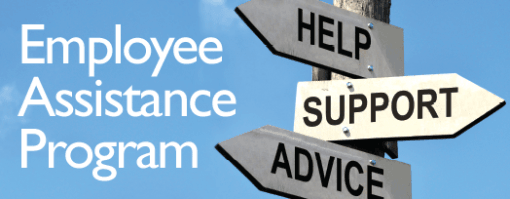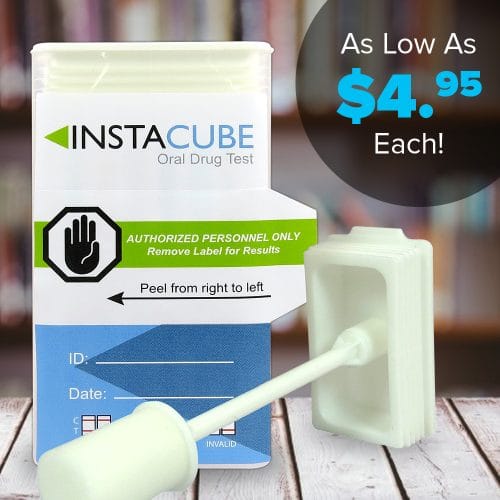All the red flags are there: Your employee is often late for work, is either over-anxious or uninspired when working, and complains to others about either living expenses, family conflicts, or friends that constantly persuade him to stay up all night and party.
It’s likely that a social trap, most likely substance abuse, is crippling your employee’s ability to work productively.

Employer-worker relations are important to maintaining a reliable and competent workforce. When this relationship is well established, it allows you to not only step aside with the troubled employee and discuss potential reasons for his developing disassociation with the job, but to also help recover an investment being lost.
When an employee is valuable to your business operation, you need an Employee Assistance Plan (EAP). Your human resources department should be prepared with a pool of helpful resources and references for valuable employees who may suffer from behaviors that threaten their workplace performance, especially behaviors related to drugs or alcohol. This is because about 1 out of every 10 workers, full time and part-time, are substance dependent, according to the U.S. Substance Abuse and Mental Health Services Administration.
Of these substance-dependent workers, 85 percent are addicted to either solely alcohol or a combination of alcohol and drugs. The dually influenced misbehavior makes the task of identifying resources for recovery difficult, but not impossible. This is where communication and monitoring, as designed in a good EAP, can determine whether the affected employee has reached a level of abuse from which there is no return, or is indeed recoverable as an asset to your company.
A West Coast executive who sells software and services to EAPs, claims that a return on investment of 10-1 is not unreasonable to assume when devoting resources to an employee’s recovery.
An article in HR Magazine, published by the Society for Human Resource Management, points to tactics that HR departments can adopt to recover a company’s investment in a valued employee:
Practice tough love. Don’t avoid the unpleasant task. If someone is not up to snuff with work, others will notice and know it’s a problem.
Uphold HR’s responsibilities. Strategic contributions to the company are part of HR’s obligations.
Make performance evaluations a priority. Instead of summary discipline (i.e., firing a problem worker), supervisors must monitor employees’ performances daily and offer at-risk workers help—a progressive discipline.
Foster constructive confrontation. Weaning someone off a habit is too often perceived as directly confrontational, totally the opposite of what the person desires, such as drugs in this case. But given the chance to keep a job and kick a habit, most employees don’t take an employer’s offer for help as confrontational.
Test proactively. There’s no escape for employees who fail drug tests in already dangerous or life-saving work arenas, such as municipal utilities, hospitals, clinics, logging, oil drilling, flying, and marine navigation, to name a few. Once tested positive for substance abuse, a worker is at least suspended without pay for a prescribed period, but often terminated without a second chance. At places such as Mount Sinai Medical Center, however, a nurse testing positive is confronted immediately but allowed to find appropriate care and then apply for reinstatement. Occupations requiring licensing, such as nursing, experience much success under the second-chance approach.
Supervisors should leave recovery to the experts. Supervisors are not doctors. They should never be left to diagnose the depth of an employee’s addiction. Supervisors are better equipped to monitor an employee’s recovery by conferring with the doctors or professionals about an employee’s progress. On that note, required metrics from an EAP vendor that will enable you to monitor performance.
Select EAPs carefully. Employers should look for best practices and look behind utilization statistics in marketing pitches from EAP companies. Beware of buying based on price. Find out how easy it is to reach counselors; check how they publicize their presence. Are intake staff and counselors certified? Are they trained in EAP technologies?
Go at it full-bore. If an employer truly wishes to make an impact and return a valued employee to productivity, a comprehensive strategy is required. In fairness to any EAP, it must be followed diligently to determine whether it is the right one.
EAPs have flourished in the business world since the 1980s, and 75 percent of employers currently offer EAP coverage. However, it is estimated by national EAP data collectors that EAPs are reaching only 0.02 percent of the workers who need treatment.
Employers are either snubbing EAPs for employee recovery purposes because they perceive EAPs as too much work, effort and expense, or the word is not yet out about the successes behind effective EAPs. Regardless, once an effective EAP is in place, you can best ascertain whether an employee is in too deep for recovery or is salvageable as a valuable asset who does not require retraining or workplace acclimation.




